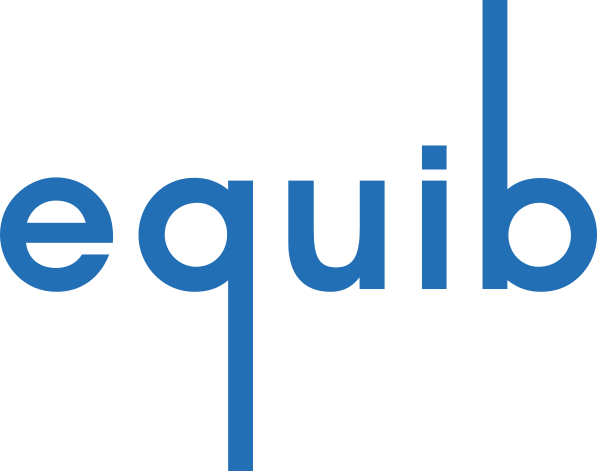
Is Your Project Schedule Really Achievable?
Most projects miss deadlines because hidden risks aren’t accounted for.
Our Quantitative Schedule Risk Analysis (QSRA) shows you where delays can happen—before they cost you time and money.
The Problem
Delivering projects on time is harder than ever:
Schedules often have optimism bias built in.
Unexpected delays creep in.
Costs rise with every slip.
Traditional schedules don’t show the effects of multiple permutations of risk and uncertainty.
A large proportion of complex infrastructure projects worldwide fail to complete on time.
The Solution
Think of QSRA as a stress test for your project plan.
We run advanced simulations on your schedule to:
Reveal which tasks and risks are most likely to cause delays.
Show the real probability of hitting your milestones.
Give you clear, data-driven insights to act before problems strike.
Iteratively improve your plan through a positive feedback loop with QSRA outputs.
The Benefits
With QSRA you can:
✅ Spot high-risk tasks early
✅ Build confidence in your delivery dates
✅ Reduce costly overruns
✅ Give stakeholders realistic forecasts they can trust
How QSRA Works
When you create a project schedule, you usually have one plan: each task has a start date and a finish date. But in reality, things don’t always run exactly as planned. Some activities finish sooner, some take longer, and unexpected risks can appear.
1) Modelling Risks and Uncertainty
In QSRA, we don’t assume everything will happen exactly as written in the schedule. Instead, we allow for ranges of possible durations. For example, a task might normally take 10 days, but in a good case it could be 8, and in a bad case 15. We also include specific risks—such as “supplier delay” or “bad weather”—and show how they could affect the plan if they occur.
2) Running Simulations
We then run thousands of simulations using these ranges and risks. Each simulation plays out slightly differently, like rolling dice. The result is a much more realistic picture of when milestones and completion dates are likely to fall.
3) Quantifying Confidence In Maintaining Schedule
The output doesn’t just give you one finish date, but a range of probabilities. For example:
P50 = 50% chance of finishing by that date (the “50/50” outcome).
P80 = 80% chance of finishing by that date (a safer, more confident forecast).
This helps you set expectations with stakeholders: whether you want the more optimistic view (e.g. P50), or the safer “more likely to deliver” view (e.g. P80).
4) Sensitivity Analysis
QSRA also shows which activities or risks have the biggest impact on your schedule. This is called sensitivity analysis. It highlights the “drivers” of delay, so you know where to focus your management effort. These might well be tasks that are not on the planned critical path due to the effect of risks and uncertainty.
